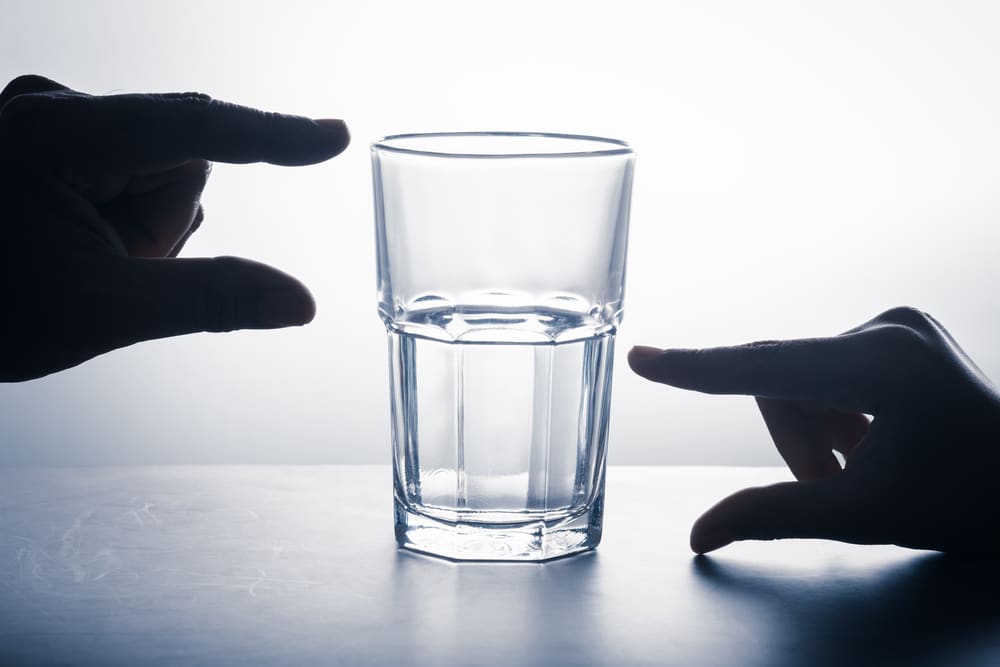Labor finally released its National Cultural Policy this week, after many months of hype. But what Arts Minister Tony Burke delivered fell a long way short of the expectations he had fanned. There was not much new – and not much new money.
Much of it continued arts policy directions pursued under the previous Coalition Government. For example, we worked to break down the division between the subsidised and commercial parts of the sector, and to get more money to contemporary music.
So it is good to read that Music Australia and Writers Australia ‘are deliberately designed to reach into the commercial sectors’, and to hear Burke say he wants the Australia Council to engage with ‘purely commercial organisations it hasn’t usually engaged with’.
Of course we did it with money not just words. Our RISE Fund got money out the door quickly to both commercial and subsidised arts productions, companies and events. There were 541 shows and events funded right across Australia, from Hamilton to 9 to 5 the Musical to Sculpture by the Sea to Blues on Broadbeach to the Adelaide Fringe and the Australian Chamber Orchestra.
We backed contemporary music strongly. Over $68 million went to 170 projects involving contemporary music – from individual tours by artists like British India and Peking Duk to festivals like Bluesfest, Meadow Music Festival and the Lost City under 18s music festival.
Whether Mr Burke’s approach, of adding more bureaucratic layers to the Australia Council, will have as much effect, I very strongly doubt. But it will mean more dollars spent employing more public servants, leaving fewer dollars going directly to artists and performers.
The policy has a big focus on Indigenous art – as did the previous government. Together with then Minister for Indigenous Australians Ken Wyatt, in October 2021 I released the National Indigenous Visual Arts Action Plan in October 2021, including a commitment to stronger intellectual property protections for Indigenous art.
Mr Burke tells us his policy includes a 30% tax offset for digital games productions in Australia. Also not new: this was announced by the Morrison Government in our 2021 budget.
Mr Burke’s policy promises a legislated requirement for Australian content on SVOD [streaming video on demand] services like Netflix and Stan, with the next step to be ‘further consultation’. The Coalition announced such a requirement in early 2022, after many months of detailed consultation through a detailed Green Paper process. On this issue the net effect of Mr Burke’s cultural policy has been to take several steps backwards.
It is unsurprising that Mr Burke is keen to pad out a fairly thin package by reannouncing actions already taken by the previous government. It is a shame though that he did not push further in some other areas.
Read: Revive: $286 million National Cultural Policy revealed
It would be good to see much more on how artists and performers can leverage the explosion of digital technology to get their work before more people – and to get paid properly for doing so. There has been great work done in this area; for example, by Melbourne (now Australian) Digital Concert Hall (supported under RISE), but there is much more to do.
I would have liked to see more emphasis on the economic power and significance of the arts. This is tricky territory for Arts Ministers; you risk being attacked as a philistine who fails to understand the inherent importance and value of the arts.
But the simple fact is that politicians and bureaucrats think in terms of jobs and economic activity. If you want to build the scale and impact of Australia’s cultural sector, framing the argument in terms that appeal more broadly across government makes sense. And there is a good story to tell: our cultural and creative sector employs 645,000 people and generates $116 billion in economic activity.
During the COVID pandemic, I pointed repeatedly to the economic multiplier importance of the arts: if you go and see a show, you probably go to a bar or café or restaurant, you might stay overnight at a hotel, you might get a cab or an Uber or even take a flight to get to the show. That argument was key in getting $220 million for RISE and hundreds of millions in other arts programs.
Compared to those numbers, the new funding attached to Mr Burke’s policy is very modest. He claims $286 million, but $45 million of that comes from reallocating money from one of our screen programs, which he has cancelled. The true new money is around $240 million over four years – $60 million a year.
It is well short of the new arts funding committed by the Morrison Government between 2019 and 2022 of $1.153 billion (on top of business as usual funding). As well as RISE, there was $187.1 million for our National Collecting Institutions such as the National Gallery, the Location Incentive program for screen, more funding for Screen Australia, more funding for regional arts and much else besides.
Mr Burke claims that arts funding was cut under previous Liberal National Governments. In fact, we delivered record arts funding of over one billion dollars in 2021-22, more than any other government Labor or Liberal. It is around 50% more than the amount the previous Labor Government spent on the arts in its last full year, 2012-13.
After all the hype, many will have expected much more from this policy. In politics it is generally a good idea to underpromise and overdeliver. With his national cultural policy Mr Burke has done the opposite.
Paul Fletcher is Shadow Arts Minister. He was Arts Minister from 2019 to 2022.





